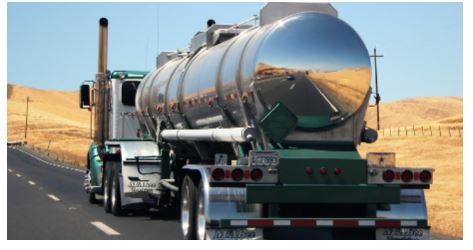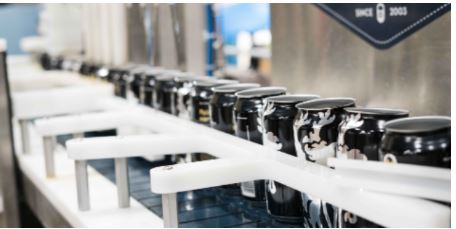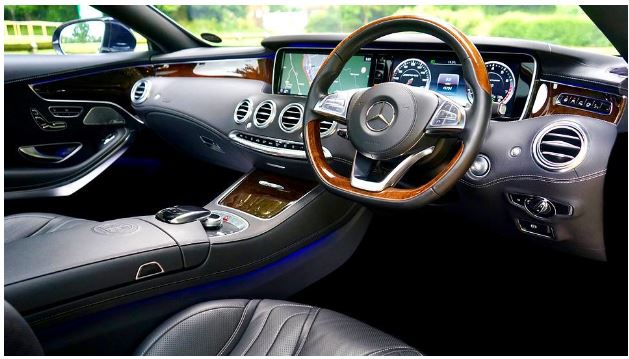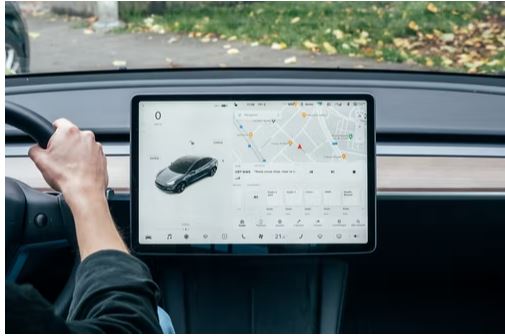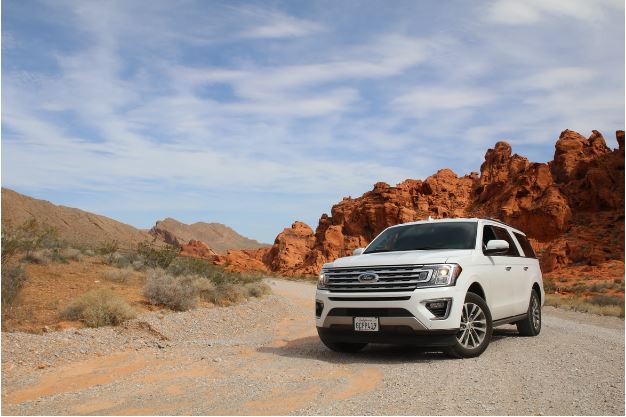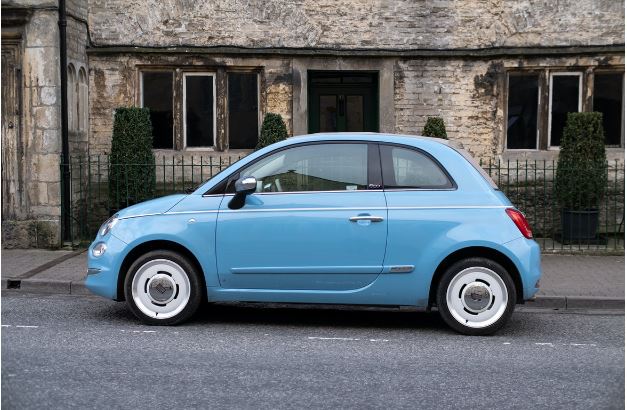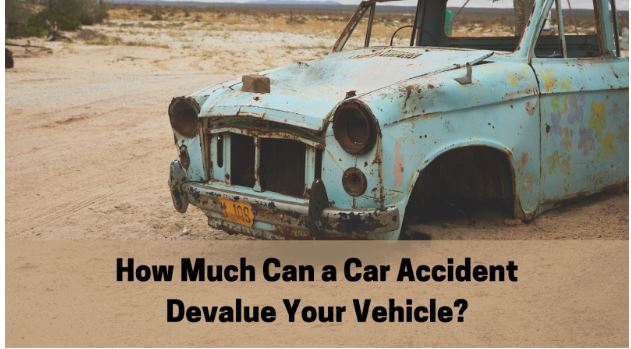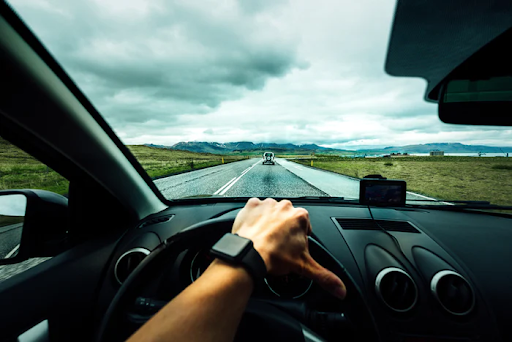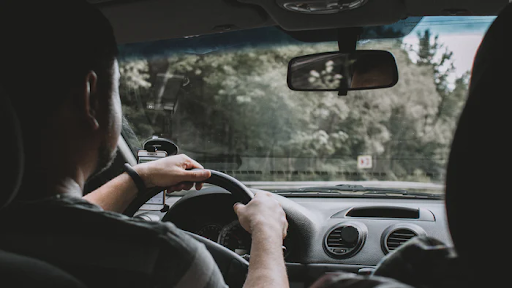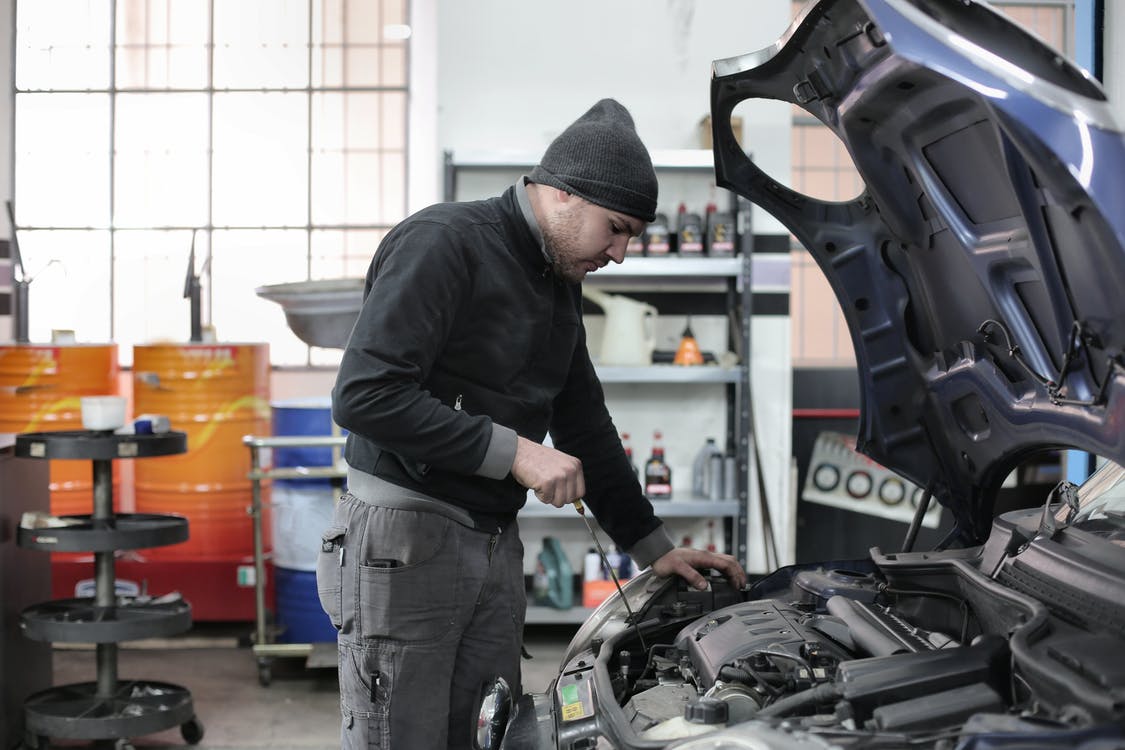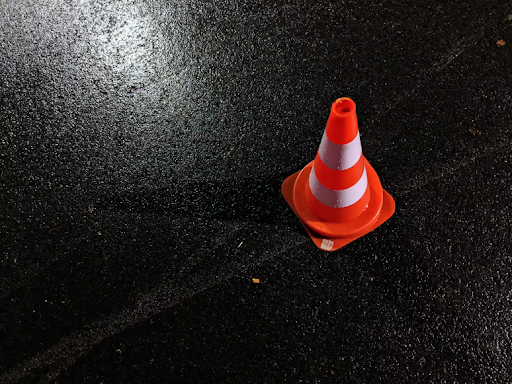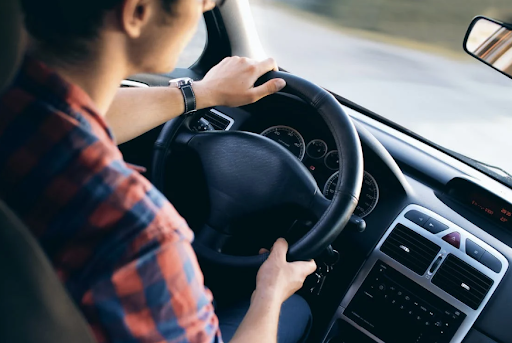Why Telematics Manufacturer?
Telematics provides businesses with the opportunity to track vehicles and their location in real-time. These facilities make the tracking of vehicles easier, resulting in increased efficiency, fuel savings, and lower costs. In addition to these benefits, telematics manufacturers also provide businesses with access to a range of services. Telematics suppliers provide businesses with several solutions, including real-time tracking, location services, connected car solutions, and device management. This article will explore the top 3 reasons why a telematics manufacturer is beneficial to your business.
Real-Time Tracking
Real-time tracking means that the data generated by a vehicle is accessible to the person who owns the vehicle at a specific point in time. Because of this, it’s possible to track vehicle location in real-time and know where the vehicle is. Real-time tracking is useful for a range of different applications, including: – Vehicle Telematics: This is the tracking of vehicles’ locations, speed, and direction. It allows for a great deal of fuel savings and improved efficiency. – Fleet Management: This is the ability to track trucks, trains, planes, and other large groups of vehicles.
Location-Based Services
Location-based services are a type of service that uses GPS technology, along with other sensors, to provide information on the location of a vehicle. This includes: – Real-Time Parking: This is the ability to find, reserve, and pay for parking spaces in real-time. This makes it easier to manage to park, making it easier for drivers to park near their destinations. – Real-Time Rental Car Diversion: This is the ability to automatically divert drivers who are searching for a rental car to the nearest suitable one.
Connected Car Solutions
In most vehicles today, there are built-in sensors that allow for information to be collected about the vehicle. This is especially true for newer models of vehicles. The collected information can be used to provide a number of connected car solutions, including: – Remote Diagnosis: This is the ability to remotely diagnose problems with a car. This allows for faster repairs and improved customer satisfaction.
Device Management
Device management is the ability to track, manage and control devices that are connected to vehicles. This includes: – Remote Services: This is the ability to access remote services on your cars, such as remote unlocking, remote starting, and remote diagnosing – Vehicle Health Monitoring: This is the ability to monitor your car’s health and receive alerts if something is wrong – Seat G-force Monitoring: This tracks the speed at which you’re driving, so you can be prevented from driving if you’re unsafe. Device management is an important feature that can help you use your keyboard across multiple devices. However, it’s not available on all keyboards. If you need a keyboard that can manage multiple devices, you’ll want to keep this in mind.
Telematics manufacturer is a great way to get real-time tracking, location-based services, connected car solutions, and device management. If you own a fleet or manage assets, it’s important to track the locations of vehicles. It’s also beneficial to know when vehicles are broken down or where they are located. Real-time tracking, location-based services, connected car solutions, and device management are all made possible with a telematics manufacturer.
CHeck Next >https://www.neoadviser.com/how-to-protect-your-car-interior/
